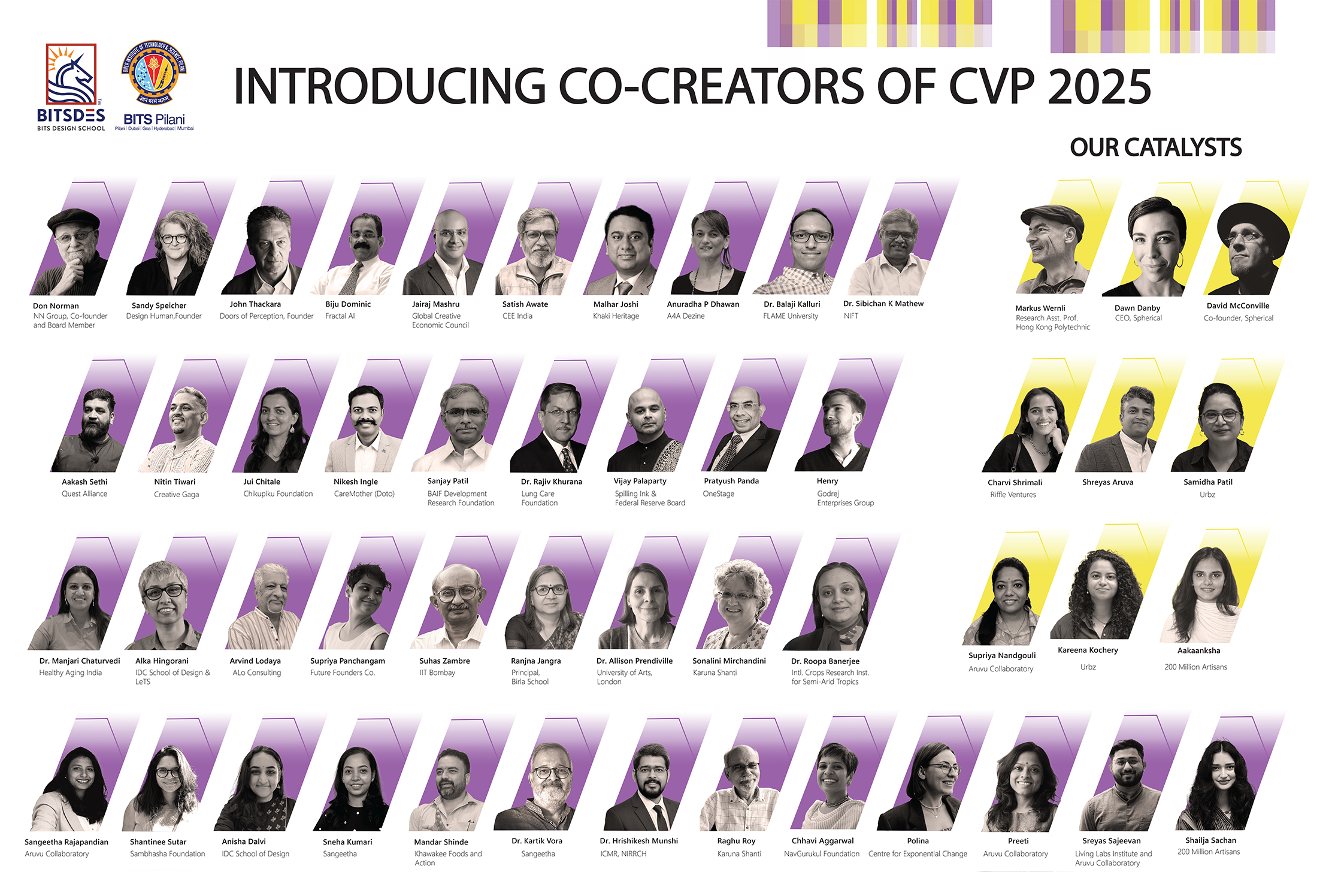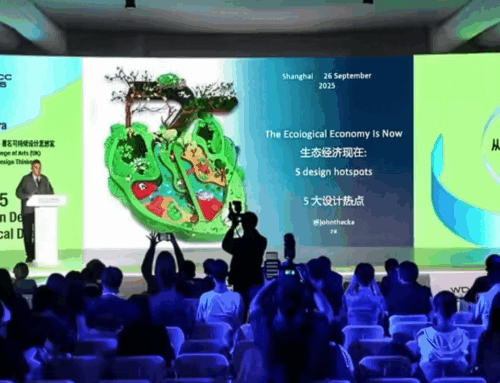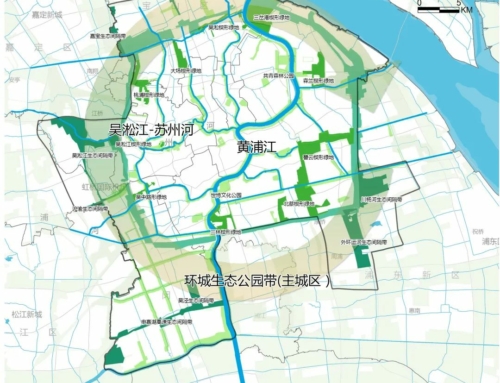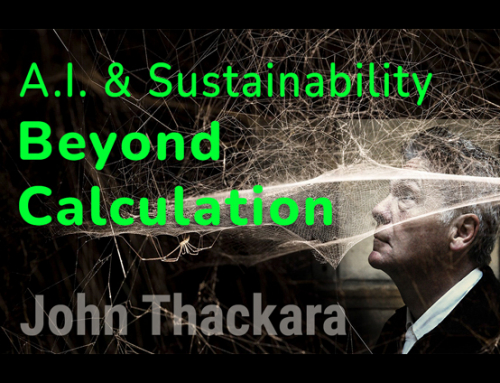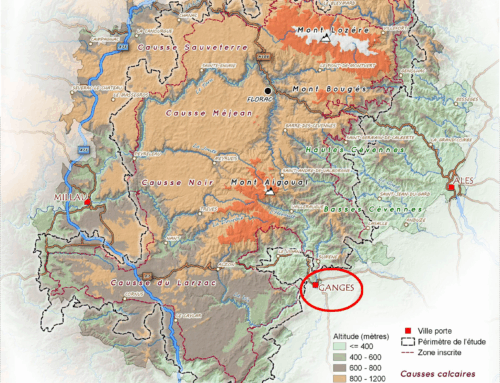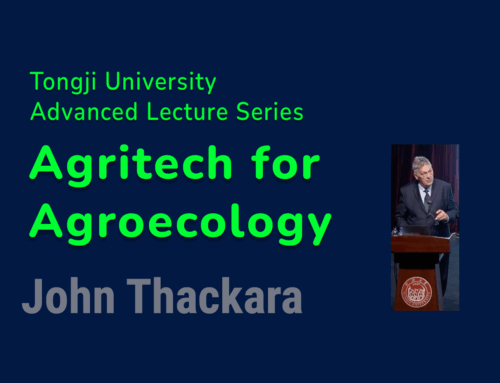The following is my introduction to the second edition of “Care, Value, Place”, a professional workshop hosted annually by #BITSDesignSchool in Mumbai. Our programme featured social and ecological practitioners, and project leaders, who met as peers to discuss care, value and place as an interconnected design space.
The design of products, places and services for health care has become a huge economic sector – in India, and around the world. So-called “digital health” , especially, is a substantial chunk of the global design economy.
But even as the costs of modern biomedical health systems escalate, a new awareness is dawning: modern health systems treat the effects – but not the causes – of ill health.
The alternative narrative – that caring for life should be at the centre of the economy, rather than production, and ‘output’ – is not a new idea. 2,400 years ago Hippocrates, father of modern medicine, said that “the health of individuals and communities depends on the health of airs, waters, and places.”
Even earlier than Hippocrates, the Taoist ritual of renewal, still performed by Taoist priests today, affirms a belief that the affluence of a society can be judged by the number of different species that live there.
“If all things in the universe grow well, then a society is a community of affluence. If not, this kingdom is on the decline”
Today’s concept of ecological health (sometimes called OneHealth) brings these ancient wisdoms back into alignment with today’s health narrative
Once you realise that caring for nature, and caring for people, are the same story, one’s priorities change profoundly. An ecological health perspective shifts our focus upstream – to natural farming, soil restoration and care, river and watershed recovery, community health, the foods we eat, the air we breathe, and so on.
As we learned at last year’s CVP, India is a global centre of care right now if the growth of Natural Farming is any guide.
In the Andra Pradesh Community Managed Natural Farming movement (#APCNF) a million and more of your fellow citizens are caring for life, in myriad practical ways, today.
We agreed last year that design has a lot to learn from this rainforest of social diversity, so I called Swati Renduchintala, their representative here last year, for an update.
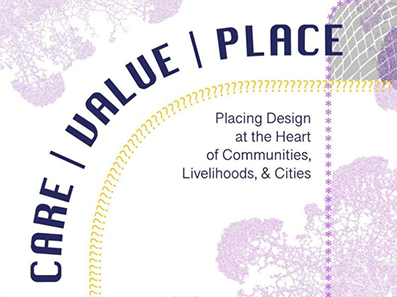
Natural Farming
The Natural Farming movement is going better than ever. They are now active in 20 of India’s 29 states, and the Indian government has just launched an all-of-government National Mission on Natural Farming (NMNF). naturalfarming.dac.gov.in/AboutUs/MissionAndObjectives
Among the key objectives of NMNF are to promote chemical-free farming, and to do so with a focus on traditional knowledge. The Mission aims – in its first phase – to enrol ten million farmers organised into 15,000 natural farming clusters across the country. Swati also informed me that the Natural Farming Movement has launched pilot projects in Zambia, Indonesia, and Sri Lanka.
Talking with Swati reminded me of the confession I made on this stage last year: that I don’t care about ‘climate change’ as such. I don’t care about ‘sustainability’ Nor, for that matter, do I care about “saving the world”.
Our places and communities don’t need feelings, I said then. They need practical acts of care.
With that simple remedy n mind, I asked Swati what practical acts of care design might offer to India’s Natural Farmers. We rather quickly came up with an initial list:
- – farmer-to-farmer knowledge-sharing;
- – shorter routes to market;
- – on-farm diversification;
- – village-scale diversification; and – appropriate agritech – or what Swati termed “women-centric mechanisation”
That list from Swati Renduchintala, on its own, is a to-do list for many design lifetimes. And because it replaces passive anxiety with meaningful activity, it’s also a proven remedy for modern stress and burnout.
Which is the reason we chose Care as one of our three, interconnected, themes.
Value
Care is intimately linked to our second theme this meeting, Value.
Our renewed attention to care work is part of a larger transformation that’s now happening not just In healthcare and biomedicine, but also in food and agriculture, urban design, and regional development.
A remarkable new consensus is emerging that health and well-being are properties of the social and ecological contexts in which people live..
That’s why I say we should call the world’s small farmers, parents, and cooks – who give us good food – “health professionals”.
Place
Our third theme – and of course all three are connected – is Place .
The power of connection between people and place is a key ingredient in systems change. That’s especially important now that restoring our own health, and caring for place, are understood, once again, as single story.
For the architect Pamela Mang, “place is a doorway into caring. Place can unite people across diverse ideological spectra and makes a shift to true sustainability possible”.
So could we practice care as if the health of a place, and of the persons who inhabit it, are a single story?
For Didi Pershouse, place-based, and systems-based, ecological medicine, restores health to people as well as the social and ecological systems around them. This approach requires ecological literacy, and a whole-systems understanding of the world.
A corollary of Caring for one’s place is paying better attention to the local. ‘Local’ is great for two reasons.
First, because local uses time, space and energy in radically less wasteful ways than global does.
And secondly, ‘local’ is already mainstream. The vast majority of economic activity to meet daily needs is already local. Changing the word faster, to closer is not as hard as it sounds.
Desired outcomes
So Care, Value and Place are our three themes for the day. But what about our desired outcomes?
Well our first and most important desired outcome was to get you together in one room. And here you are!
Our second aim is to hear first-hand, from you, about place-based partnerships for social change. What are you trying to achieve? What works for you? What comes next?
Our third aim builds on that last question – “what comes next?” – by adding a supplementary another one: “are there ways that design can help?”
We are all here because the leadership and faculty of this design school are adamant that learning from and with places, and communities, will be central to this new education.
Easy to say – but what should next-generation community projects look like? Who else nebe involved, if not just designers?
In discussions project leaders before this event, we heard about several cross-cutting themes that are especially important to them, and that they they thought design might be able to help them with.
- How to tell the story of a place in ways that will connect with city people;
- How to meet the demand from funders for metrics of progress, how to measure positive social or ecological impact;
- Better ways to host and organise meetings, and other ways of being together.
Those cross-cutting questions are a lot on their own – and only have one day together.
But let me end this introduction on a reassuring note. There’s no way we can ‘solve’ all these issues in one go. This event is not a problem-solving hackathon. It’s about making new connections, and starting new conversations.
As I said at the start, the variety and quality of people in this room answers the first of those two ambitions. As for the conversation part – well, it’s it’ time for me to wrap up here – and leave you to get on with it.
LINKS
Care Value Place 2024
www.bitsdesign.edu.in/news/care-value-place-conference-mumbai
My preview and summary of Care Value Place 2024 is here:
thackara.com/bioregioning/care-value-place-social-ecological-project-leaders-to-meet-in-mumbai/
Videos of the 2024 talks -and soon those from 2025 – are on the BITS Design School Mumbai YouTube channel. #bitsdesigncvp
See also:
Talk: thackara.com/care/ethics-design-care/
Talk: thackara.com/care/caring-for-place-vs-systems-thinking/
